Technologies
COP28 Climate Deal Marks ‘Beginning of the End’ for Fossil Fuels
A landmark agreement sees the biggest global push yet away from gas, coal and oil toward a future powered by renewable energy.
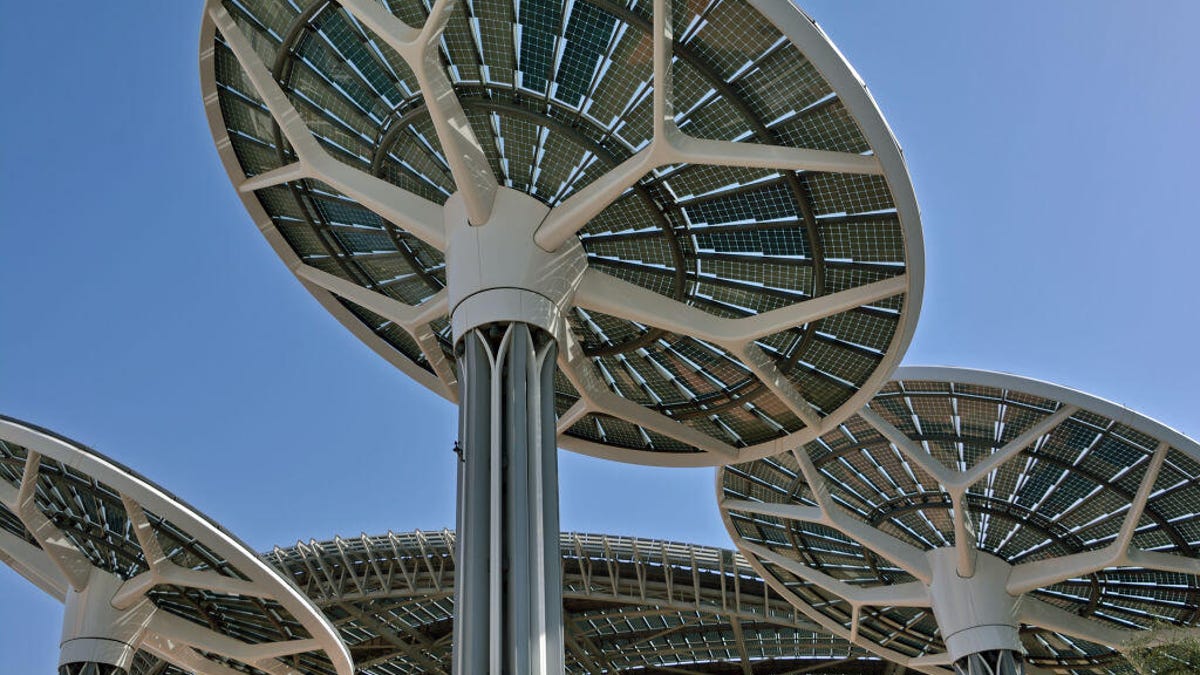
This July, as heat waves swept across Europe and the US, NASA and the European Commission’s Copernicus Climate Change Service both made a damning prediction: 2023 was set to be the hottest year on record. Now, with the Northern Hemisphere’s extreme summer heat and wildfires behind us, we’re still on track for that prediction to be correct.
Furthermore, a study led by renowned NASA climate scientist James Hansen and published in November puts us on track to blow past the threshold of 1.5 degrees Celsius of warming compared to preindustrial levels this decade, rather than next, as previously thought. This threshold marks a tipping point for our planet, after which, scientists say, Earth will experience devastating and irreversible changes that threaten lives, livelihoods and habitats.
This is the scientific reality that politicians and officials representing countries from across the world grappled with as they assembled this December in Dubai at the UN’s COP28 climate conference. Throughout the confab, they assessed countries’ progress toward meeting the goal laid out in the 2015 Paris Agreement of limiting global warming to well below 2 degrees Celsius, while working out how to wean society off fossil fuels.
The result? A landmark deal, agreed to by nearly 200 countries, to «transition away from fossil fuels» for the first time. Getting the explicit language around fossil fuels into the text was a hard-won victory — although not everyone views it that way. Climate activists, scientists and small island nations criticized a draft of the document published earlier in the week for dropping references to «phasing out» fossil fuels.
«Whilst we didn’t turn the page on the fossil fuel era in Dubai, this outcome is the beginning of the end,» UN Climate Change Executive Secretary Simon Stiell said in his closing speech. «Now all governments and businesses need to turn these pledges into real-economy outcomes, without delay.»
Whether climate summits like COP28 are an effective way to tackle the climate crisis is a heavily debated topic in environmental circles. As an attendee at the two previous climate summits (COP27 in Egypt and COP26 in Scotland), I’ve witnessed firsthand the struggle between countries to reach agreements and the frustration of other participants at the lack of ambition. The same was true in Dubai this year — perhaps more so than ever, given the looming presence of fossil fuel companies at the summit.
«The influence of petrostates is still evident in the half measures and loopholes included in the final agreement,»environmentalistand former US Vice President Al Gore said as the summit drew to a close. «Whether this is a turning point that truly marks the beginning of the end of the fossil fuel era depends on the actions that come next and the mobilization of finance required to achieve them.»
Even as scientists have been clear with their warnings about human-caused climate change, they’ve also been clear about the solutions: The transition to renewable energy sources, such as solar, hydro and wind, must be prioritized to minimize the amount of greenhouse gasses being pumped into the atmosphere. Plus, if we’re to stand a chance of creating a livable future on our planet, there can be no new development of fossil fuel projects.
This isn’t exactly what politicians want to hear. While they’re onboard with embracing and expanding renewables, many governments, including the UK and the US, continue to greenlight new gas and oil projects. But when they come together at the UN summit, other participants demand they justify their actions on the global stage, as everyone attempts to get on the same page about how to tackle the most pressing problem of our time.
«Countries are far off track in meeting climate promises and commitments,» UN Secretary General António Guterres said in a press conference in June. «I see a lack of ambition. A lack of trust. A lack of support. A lack of cooperation. And an abundance of problems around clarity and credibility.
«It’s time to wake up and step up,» he said.
As anyone will know who’s wrestled with a personal cost/benefit analysis on whether to install solar panels on their house or if it makes sense to buy an EV, trying to make the best decisions for the future of our planet isn’t always straightforward. But gatherings such as COP represent our best chance of getting everyone on the same page.
What is COP28?
COP28 is the most important event on the climate calendar. The annual global meetup this year was in Dubai in the United Arab Emirates.
The United Nations has been hosting COP (which stands for «conference of the parties») summits since 1995 as a way to gather the countries annually and assess progress in dealing with climate change. It’s at COPs that governments have signed some of the most significant climate agreements, including the 1995 Kyoto Protocol and the 2015 Paris Agreement.
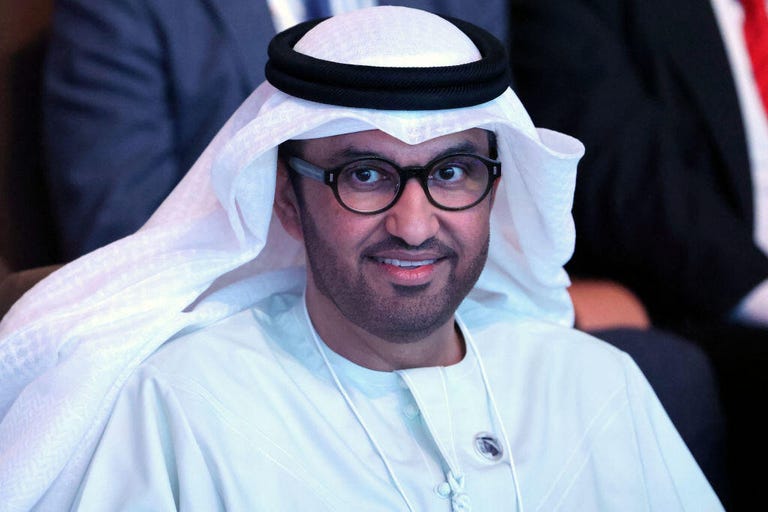
Not everyone was happy that COP28 took in the UAE, a petrostate that’s one of the top five oil-producing countries in the world. This is compounded by the fact that the man the UAE called upon to serve as president for this year’s event is Sultan Ahmed Al Jaber, the head of Adnoc, the UAE’s biggest oil company. Climate activist Greta Thunberg called the decision «completely ridiculous.»
Al Jaber, who also serves as chairman of the UAE state-owned renewables company Masdar, told The Guardian in an interview last month that while he wasn’t the obvious man for the job, he was committed to making the summit a success. «My focus is to phase out emissions from everything,» he said. «Regardless of where it comes from.»
In the week leading up to the climate talks, the BBC and Centre for Climate Reporting revealed they had obtained copies of official briefing documents in which the UAE outlined plans to discuss fossil fuel deals with nations during preliminary COP28 talks.
In the opening days of the summit, the Guardian revealed that Al Jaber had said at an event in November that there was no scientific basis for needing to phase out fossil fuels and that pursuing a full phase-out would «take the world back into caves.» Climate scientists and other critics objected heavily to this statement, arguing that phasing out fossil fuels was the only way the world stands a chance of limiting warming to 1.5 degrees.
«The COP28 agreement, while signalling the need to bring about the end of the fossil fuel era, falls short by failing to commit to a full fossil fuel phase out,» Mary Robinson, former president of Ireland, former UN human rights commissioner and chair of the Elders, said of the outcome of the summit. «If 1.5 degrees Celsius is our ‘North Star,’ and science our compass, we must swiftly phase out all fossil fuels to chart a course towards a liveable future.»
Who did (and didn’t) attend COP28, and what are they saying?
As COP28 kicked off in Dubai, the summit reported 80,000 people were registered to attend, making it the largest COP ever. The attendee list included many of the world’s most powerful and influential figures who are currently assembling under one roof to hammer out deals designed to ensure a livable future.
The White House confirmed just days before the summit started that President Joe Biden would not attend this year’s climate talks. Biden was conspicuous by his absence after previously making high-profile stops at COP27 last year in Sharm el Sheikh, Egypt, and at 2021’s COP26 in Glasgow, Scotland. He’s also talked many times about putting the climate at the heart of his administration.
In his place, Vice President Kamala Harris and Special Presidential Envoy John Kerry led a US delegation to Dubai, including senators and members of Congress. «The decision embraces transitioning away from fossil fuels in energy systems so as to achieve net zero by 2050,» said Kerry in a press conference at the close of the summit. «And the first and easiest thing that countries need to do to make this commitment a reality is to stop building new unabated coal.»
Other notable people who attended COP28 include King Charles III, a longtime supporter of environmental causes who made the opening address of the summit. He reminded attendees that «the world does not belong to us,» as he issued a call to arms to leaders attending the summit.
One high-profile, highly anticipated person was forced to bow out of COP at the last moment due to illness: Pope Francis. His visit to the UN climate summit would have been a first for any pontiff. In a papal exhortation in October, he urged governments to make COP28 a turning point. The pope called for decisive action and defended the actions of climate activists fighting for a just transition away from fossil fuels and toward renewables.
Along with the officials from government delegations, climate activists and members of civil society and nongovernmental organizations play an important role at the UN climate summit. Many of them are normal people who have become involved in the climate justice movement through local and national campaigning.
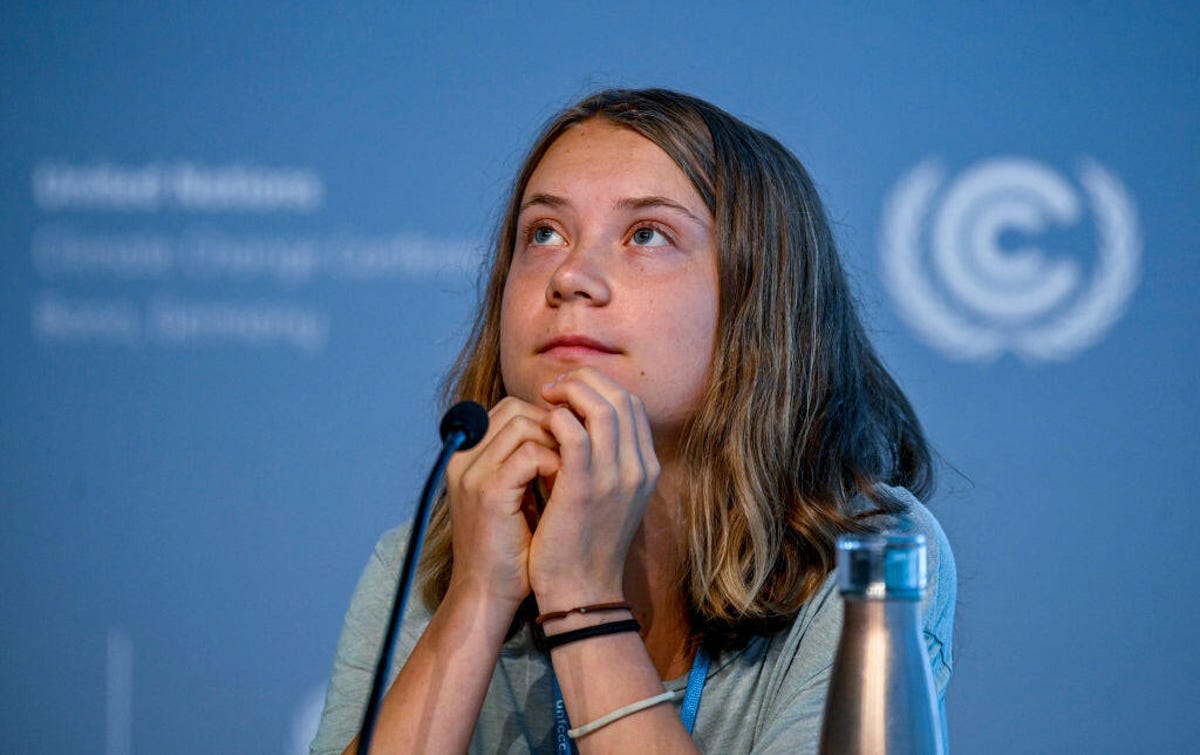
Their presence at COP is considered to be crucial, as they help to hold governments accountable when they don’t fulfill their commitments. It also means that people who are being affected by climate-related issues have their voices heard by those with decision-making power.
It’s up to individual countries as to who they include in their national delegations at COP, and for some, this means including representatives of fossil fuel companies. Last year at COP27, Global Witness counted 636 people with ties to fossil fuel companies – a number that rose to 2,456 this year.
What was on the agenda at COP28?
COP is always a highly political event, but this year the focus was on discussions about making access to renewable power more cheaply and easily available, creating green jobs and ensuring that people around the world have access to fresh air, clean water and a healthy environment to live and work in.
The agenda for COP28 was dictated largely by the president of the event, who is chosen by and from the host nation. This summer, Al Jaber outlined four priorities for the summit:
- Fast-tracking the renewable energy transition.
- Fixing climate finance by securing funding for the most affected, lower-income countries from wealthier, high-polluting countries.
- Focusing on people, livelihoods and nature.
- Making this the most inclusive UN climate summit to date.
Preliminary talks ahead of the summit saw an agreement to phase out fossil fuels rise to the top of expected outcomes for COP28. This would be an important step after two years ago in Glasgow, when language in the final agreement around ending reliance on coal was watered down at the last moment to read «phase down» rather than «phase out.»
These small differences have caused huge divisions between countries at previous climate conferences, and did so again at COP28, where many countries walked away from the talk frustrated at the vague reference to «transition away» from fossil fuels. «The resolution is marred by loopholes that offer the fossil fuel industry numerous escape routes, relying on unproven, unsafe technologies,» said Harjeet Singh, head of global political strategy at Climate Action Network International.
Still, the inclusion of language around fossil fuels has been hailed as breakthrough. Brokering such an agreement was a tough task for Al Jaber, and until late in the day, it looked like it might not happen.
The deal was far from the only important outcome to emerge from COP27. On the opening day of the summit, the UN announced a partnership with Microsoft that will see it use an AI-powered tool to measure how well countries are following through on their climate pledges, The New York Times reported. COP’s detractors, including climate activist Greta Thunberg, frequently criticize the conference for putting too much emphasis on empty promises (or «blah blah blah,» as Thunberg calls it) that yield little to no action. If it works as promised, the UN and Microsoft’s use of AI could significantly improve accountability and highlight the countries not pulling their weight.
One anticipated source of tension was around financing climate reparations. But the first announcement out of COP28 confirmed that a deal had been struck to establish a loss and damage fund. This was an early win for Al Jaber, but more significantly for the civil society groups and climate justice activists who have been fighting for decades for a breakthrough that will hopefully see compensation reach those who are most impacted by climate change but have done the least to cause it.
For more on the key outcomes of COP28, Carbon Brief has a comprehensive list of announcements and deals. The US made many announcements at the summit, all which can be found here.
Next year’s summit, COP29, is set to be held in Azerbaijan. Between now and then, there is much work for all the countries involved in the UN process to be getting on with — namely, working hard and fast to meet their net zero commitments. «Climate action must not cease because the gavel has come down on COP28,» Robinson said. «World leaders must continue to urgently pull together and find ways forward to tackle this existential threat. Every day of delay condemns millions to an uninhabitable world.»
Technologies
Judge Blocks Texas App Store Age-Check Law
A preliminary injunction found the Texas law, set to begin Jan. 1, is «more likely than not unconstitutional.»
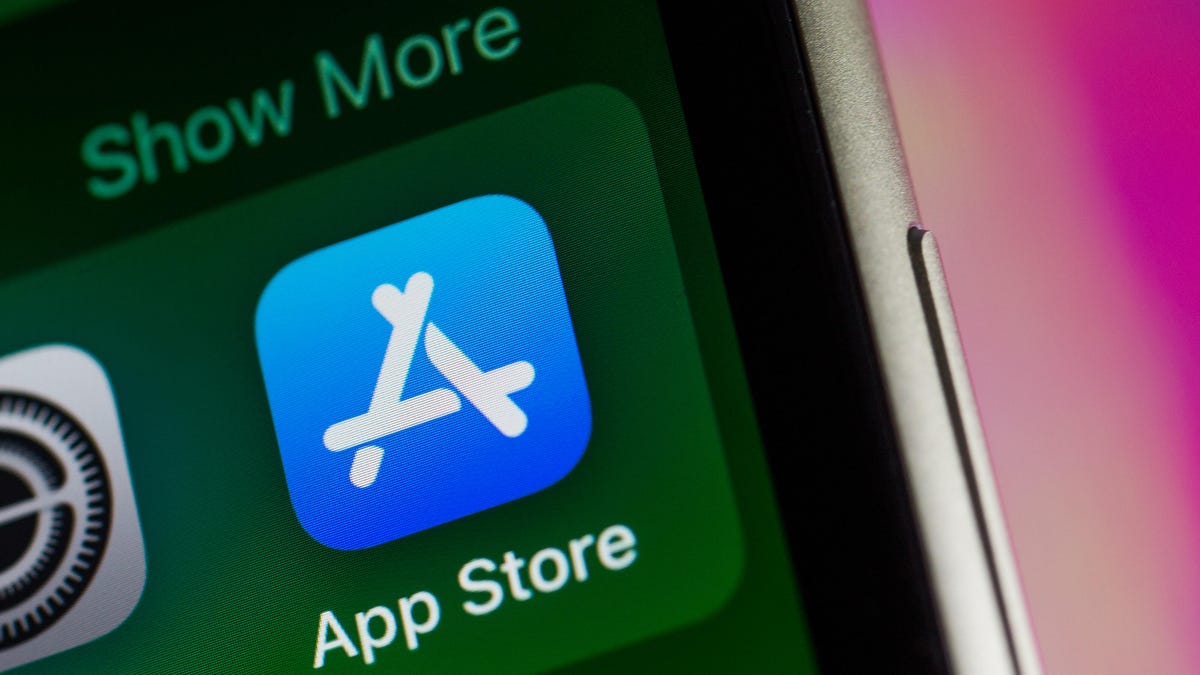
A new Texas state law set to take effect on Jan. 1 would have required app stores to implement age verification processes. But the law has been put on hold, at least temporarily, by a federal court judge.
As reported by the Texas Tribune, Senate Bill 2420, also known as the Texas App Store Accountability Act, is the subject of a temporary injunction issued by US District Judge Robert Pitman.
Pitman said in his decision that the law as written is broad, vague and «more likely than not unconstitutional.» However, he also wrote the court «recognizes the importance of ongoing efforts to better safeguard children when they are on their devices.»
Don’t miss any of our unbiased tech content and lab-based reviews. Add CNET as a preferred Google source.
The Texas law, signed into law by Governor Greg Abbott in May, requires app store operators — including Apple, Google, Nintendo, Steam and more — to build age verification processes for the storefronts and to only allow downloads to minors who obtain parental consent. The injunction is a ruling in an October lawsuit filed by the Computer & Communication Industry Association.
CCIA senior vice president Stephanie Joyce said in a statement, «This Order stops the Texas App Store Accountability Act from taking effect in order to preserve the First Amendment rights of app stores, app developers, parents, and younger internet users. It also protects parents’ inviolate right to use their own judgment in safeguarding their children online using the myriad tools our members provide.»
Other individuals and the advocacy group Students Engaged in Advancing Texas also filed suits over the law, the Texas Tribune reported.
App Store Accountability Act
The bill author, State Senator Angela Paxton, said the bill was meant to give parents «common sense tools to protect their kids and to survive court challenges by those who may have lesser priorities.»
The language of Texas Senate Bill 2420 does not only include mobile app stores from Apple or Google, but any «website, software application, or other electronic service that distributes software applications from the owner or developer of a software application to the user of a mobile device.»
By that definition, websites with links to browser games or mobile game consoles with download options would fall under the Texas law as written. The law also defines mobile devices as including phones and tablets, as well as any other handheld device capable of transmitting or storing information wirelessly.
The parental consent aspect of the law requires those under 18 to have an app store account affiliated with a parent or guardian to purchase or download applications.
Age verification elsewhere
In an effort to keep adult materials out of reach of minors and to protect children from potentially harmful content and interactions, tech companies have been compelled by law or through legal action to verify the age of users.
Roblox, which has a huge audience of minors, began rolling out stricter age verification after investigations and lawsuits hurt its reputation as a safe gaming space. Australia is perhaps the most large-scale example of a government restricting access to online content. In December, Australia began restricting social media access to those 16 and older. Reddit recently challenged that law.
In the US, age verification laws have primarily targeted adult sites. Texas already has a law on the books that requires adult sites to age-block their content. The Supreme Court upheld that law in a June ruling. The UK has also enacted age restriction rules for adult sites as have other US states.
Technologies
Today’s NYT Mini Crossword Answers for Thursday, Dec. 25
Here are the answers for The New York Times Mini Crossword for Dec. 25.

Looking for the most recent Mini Crossword answer? Click here for today’s Mini Crossword hints, as well as our daily answers and hints for The New York Times Wordle, Strands, Connections and Connections: Sports Edition puzzles.
Need some help with today’s Mini Crossword? Of course, there’s a very Christmassy clue involved. And once you solve the entire puzzle, look at the letters used in all the answers and see what they have in common. (5-Across will tell you!) Read on for all the answers. And if you could use some hints and guidance for daily solving, check out our Mini Crossword tips.
If you’re looking for today’s Wordle, Connections, Connections: Sports Edition and Strands answers, you can visit CNET’s NYT puzzle hints page.
Read more: Tips and Tricks for Solving The New York Times Mini Crossword
Let’s get to those Mini Crossword clues and answers.
Mini across clues and answers
1A clue: ___ King Cole, singer with the album «The Magic of Christmas»
Answer: NAT
4A clue: Body drawings, informally
Answer: TATS
5A clue: Letters to ___ (what this Mini was made with)
Answer: SANTA
6A clue: Huge fan, in slang
Answer: STAN
7A clue: «Illmatic» rapper
Answer: NAS
Mini down clues and answers
1D clue: Grandmothers, by another name
Answer: NANAS
2D clue: Abbr. before a name on a memo
Answer: ATTN
3D clue: Org. with long lines around the holidays
Answer: TSA
4D clue: «See ya later!»
Answer: TATA
5D clue: Govt.-issued ID
Answer: SSN
Don’t miss any of our unbiased tech content and lab-based reviews. Add CNET as a preferred Google source.
Technologies
Don’t Let a Border Agent Ruin Your Holiday Trip. Travel With a Burner Phone
Yes, you should leave your main phone at home and take a cheap burner this winter.
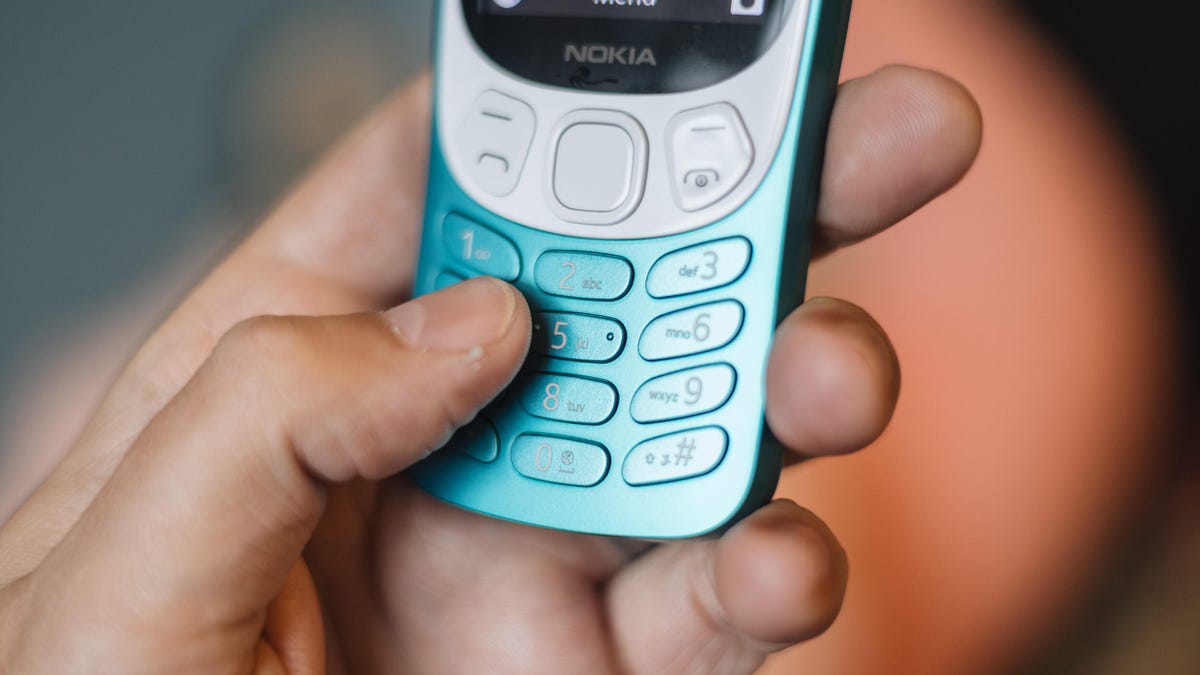
Prepare for a whole new level of border-crossing anxiety this holiday season: the high-probability of a phone search. New figures from US Customs and Border Protection say agents aren’t just glancing at your lock screen anymore — they are aggressively ramping up device inspections, even for citizens coming home. We aren’t just talking about a quick scroll through your photos, either. Agents are increasingly using forensic tools to clone and analyze everything on your device.
The stats are genuinely alarming. In just a three-month window this year, nearly 15,000 devices were flagged for searches, with over a thousand subjected to deep-dive data copying. If you’re traveling with your primary phone, you are essentially carrying your entire digital existence into a legal gray zone where privacy is optional.
The smartest defensive play is remarkably low-tech: the burner phone. By traveling with a secondary, stripped-down device, you ensure your private data stays safe at home while you stay connected abroad. But privacy isn’t the only perk. Moving to a «dumb» phone is the ultimate digital detox, helping you escape the notification trap that usually ruins a vacation.
Even figures like Conan O’Brien have ditched the smartphone to cut through the noise. Whether you’re dodging invasive border searches or just trying to enjoy your trip without being glued to a screen, a burner might be the best travel investment you make this year.
Read more: Best Prepaid Phone of 2025
Although carriers have offered prepaid phones since the ’90s, «burner phones» or «burners» became popular in the 2000s following the celebrated HBO series The Wire, where they helped characters avoid getting caught by the police. Although often portrayed in that light, burners aren’t only used by criminals; they’re also used anyone concerned with surveillance or privacy infringement.
What is a burner phone, and how does it work? Here’s everything you need to know about burners and how to get one.
Don’t miss any of our unbiased tech content and lab-based reviews. Add CNET as a preferred Google source.
What is a burner phone?
A burner phone is a cheap prepaid phone with no commitments. It comes with a set number of prepaid call minutes, text messages or data, and it’s designed to be disposed of after use.
Burner phones are typically used when you need a phone quickly, without intentions of long-term use. They’re contract-free, and you can grab them off the counter. They’re called burner phones because you can «burn» them (trash them) after use, and the phone can’t be traced back to you, which makes them appealing to criminals. Of course, those committed to illicit activities often do more than just throw these phones in the trash, and often completely obliterate the SIM cards and other materials by smashing them with a hammer or melting them away.
Burners are different from getting a regular, contract-bound cellphone plan that requires your information to be on file.
Why should you use a burner phone?
Burner phones are an easy way to avoid cellphone contracts or spam that you get on your primary phone number. Burners aren’t linked to your identity, so you can avoid being tracked down or contacted.
You don’t have to dispose of a burner phone after use. You can add more minutes and continue using it. Burner phones can still function as regular phones, minus the hassle of a contract.
You can also get a burner phone as a secondary phone for a specific purpose, like having a spare phone number for two-factor authentication texts, for business or to avoid roaming charges while traveling. Burner phones are often used by anyone concerned with privacy.
Read more: The Data Privacy Tips Digital Security Experts Wish You Knew
Burner phones, prepaid phones, smartphones and burner SIMs: What’s the difference?
Burner phones are cheap phones with simple designs that lack the bells and whistles of a smartphone. Because they’re designed to be disposable, you only get the essentials, as seen by the most common version, the flip phone.
All burner phones are prepaid phones, but not all prepaid phones are burners. What sets a burner apart is that you won’t have to give away any personal information to get one, and it won’t be traceable back to you. Again, a burner phone is cheap enough to be destroyed after use.
Prepaid smartphones are generally low-end models. You can use any unlocked smartphone with prepaid SIM cards, essentially making it a prepaid phone.
If you want a burner, you don’t necessarily have to buy a new phone. You can get a burner SIM and use it with an existing phone. Burner SIMs are prepaid SIMs you can get without a contract or giving away personal information.
Where can you buy a burner phone?
Burner phones are available at all major retail outlets, including Best Buy, Target and Walmart. They’re also often available at convenience stores like 7-Eleven, local supermarkets, gas stations and retail phone outlets like Cricket and Metro.
You can get a burner phone with cash, and it should cost between $10 and $50, although it may cost more if you get more minutes and data. If you’re getting a burner phone specifically to avoid having the phone traced back to you, it makes sense to pay with cash instead of a credit card.
If you just want a prepaid secondary phone, you can use a credit card. Just keep in mind that credit cards leave a trail that leads back to you.
There are also many apps that let you get secondary phone numbers, including Google Fi and the Burner app. However, these aren’t burners necessarily because the providers typically have at least some of your personal information. Additionally, apps like Google Talk require a phone number that’s already in use for you to choose a number with the service.
If you’re just looking to get a solid prepaid phone without anonymity, check out our full guide for the best prepaid phone plans available. We also have a guide for the best cheap phone plans.
-

 Technologies3 года ago
Technologies3 года agoTech Companies Need to Be Held Accountable for Security, Experts Say
-

 Technologies3 года ago
Technologies3 года agoBest Handheld Game Console in 2023
-

 Technologies3 года ago
Technologies3 года agoTighten Up Your VR Game With the Best Head Straps for Quest 2
-

 Technologies4 года ago
Technologies4 года agoBlack Friday 2021: The best deals on TVs, headphones, kitchenware, and more
-

 Technologies4 года ago
Technologies4 года agoVerum, Wickr and Threema: next generation secured messengers
-

 Technologies4 года ago
Technologies4 года agoGoogle to require vaccinations as Silicon Valley rethinks return-to-office policies
-

 Technologies4 года ago
Technologies4 года agoOlivia Harlan Dekker for Verum Messenger
-

 Technologies4 года ago
Technologies4 года agoiPhone 13 event: How to watch Apple’s big announcement tomorrow
